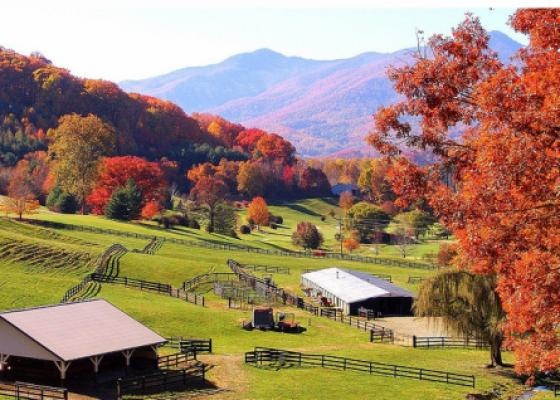WESTFIELD – North Carolina’s newest invasive pest was recently found in Surry and Stokes counties by […]
Category: Environment
Foothills Conservancy of North Carolina earns national recognition for strong commitment to public trust and conservation excellence
MORGANTON, N.C. — On August 18, 2022, Foothills Conservancy of North Carolina received its national […]
Superintendent Named for Bob’s Creek
RALEIGH Jul 28, 2022 Matt Haynes is the new park superintendent at Bob’s Creek State […]
Lake Mead Drops to a Record Low
Lake Mead is the largest reservoir in the United States and part of a system […]
Internet-starved counties see hope for broadband in ARPA funds
Residents excited at the potential to have access, but county officials planning to leverage federal […]
Breach of Cliffside Cone Mills Dam on the Second Broad River
Cliffside, NC — On June 22, 2022, a breach in the old Cliffside Cone Mills […]
Shoring up Lake Tomahawk dam with ARPA funds
Black Mountain hopes to extend life of 90-year-old earthen dam using $300k from its share […]






